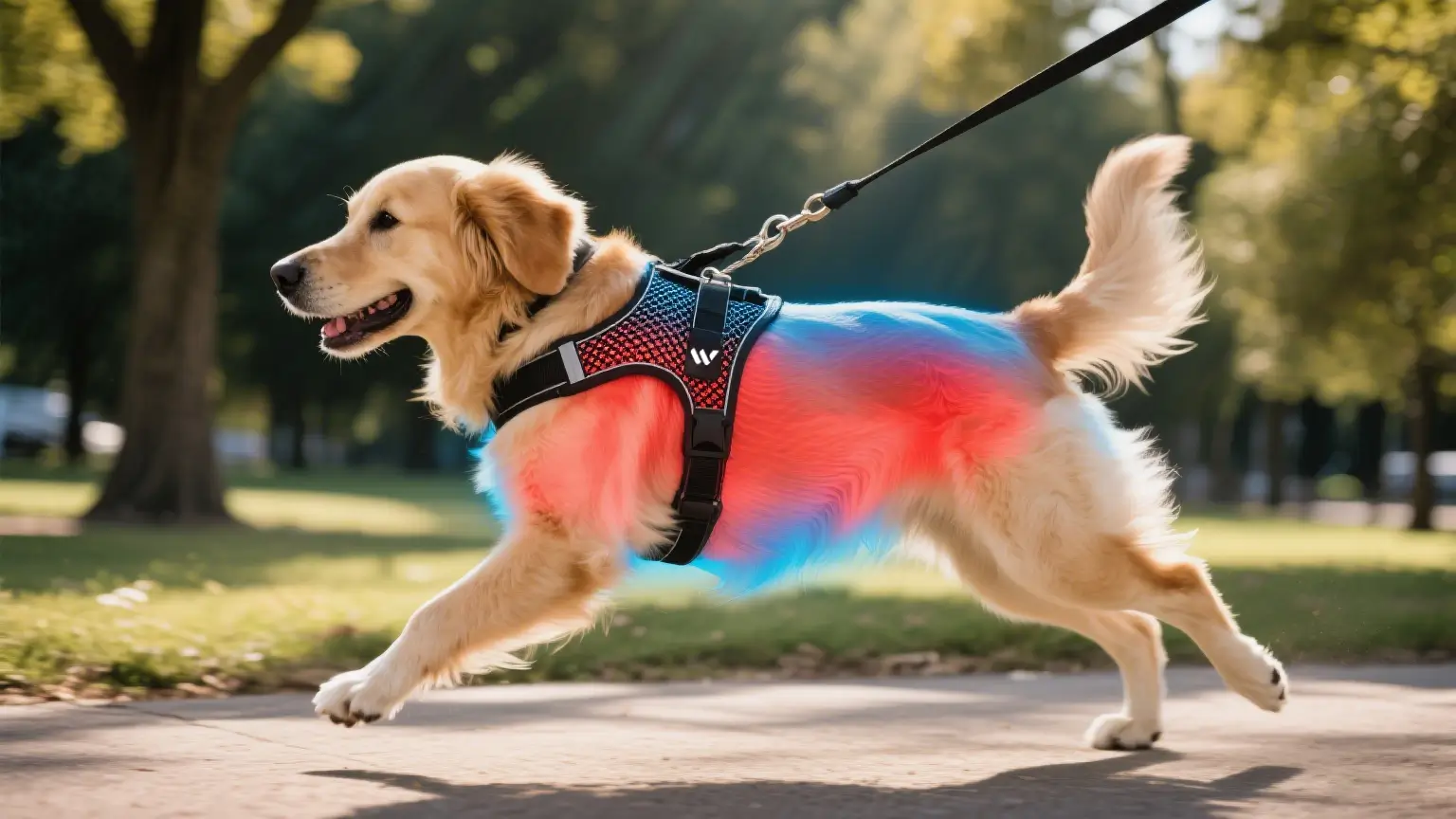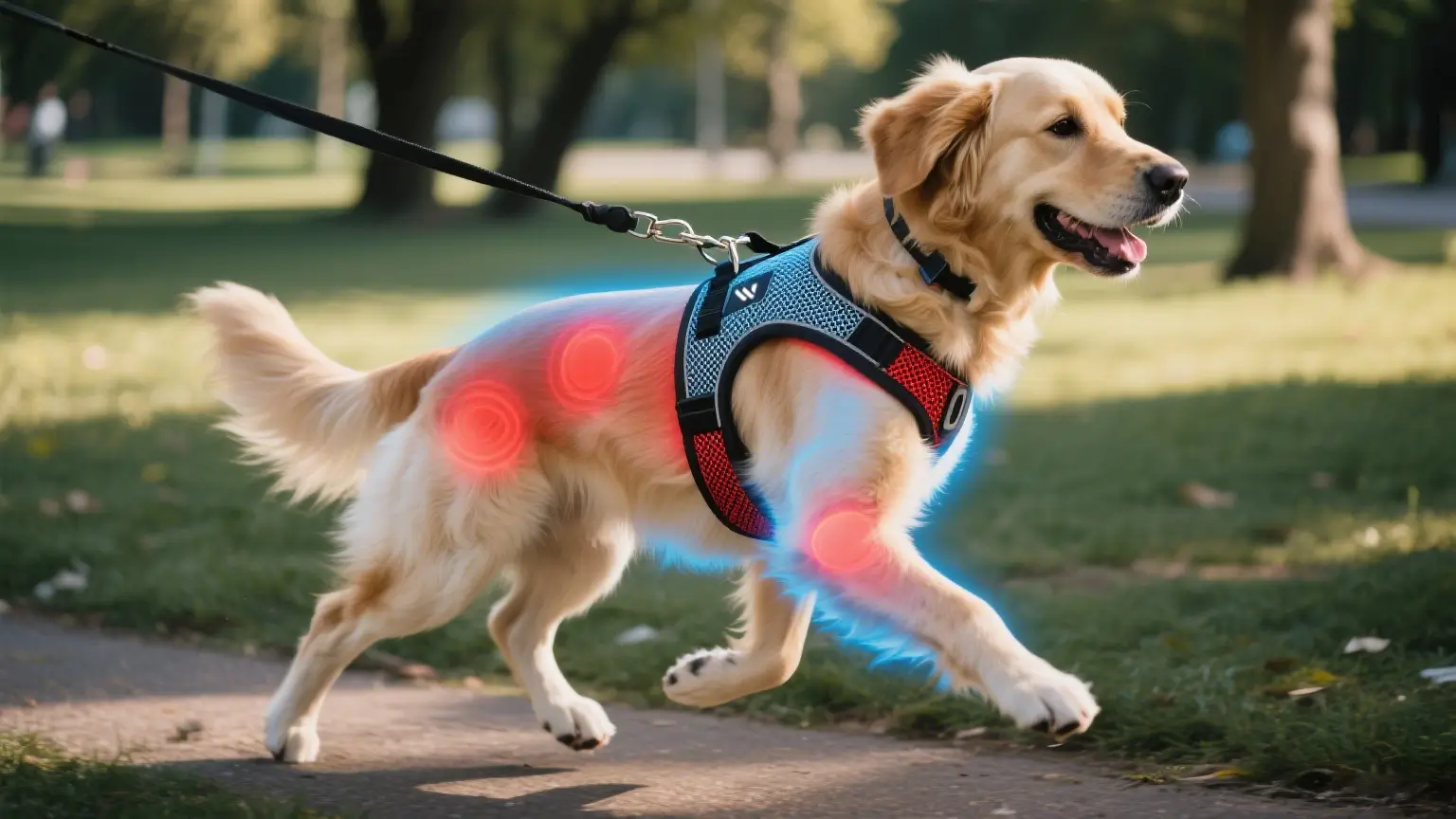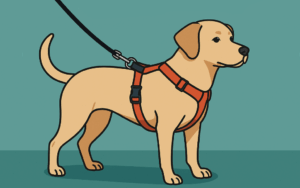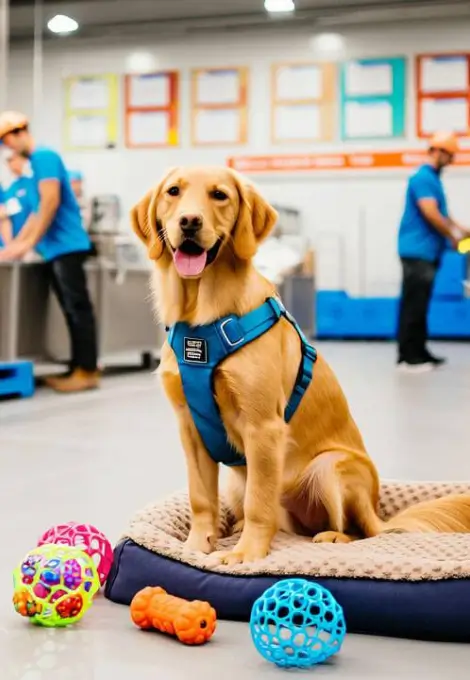Pet Retail Trends in 2025: Data-Driven Best-Selling Harness Designs
When buying a dog harness, are we the ones choosing, or are they the ones silently enduring it? Does harness design rely on a designer’s inspiration or cold, hard data analysis? Feel free to share your thoughts in the comments, but in my opinion the future winners will be those brands that use data as their design partner!

You carefully selected a beautiful no pull dog harness, but your dog keeps rubbing against walls and resists walking? You paid a fortune for a “best seller,” but it starts to break and deform after just a few days? As a manufacturer, have you ever noticed your warehouse is always overflowing with adjustable dog harnesses you thought were super cute, but customers simply didn’t buy? Or have you received negative reviews about “squeezing” or “dogs getting loose”? Don’t rush to blame dogs for being picky or brands for being unreliable. The problem may be that we’ve relied too much on human intuition when developing products, while ignoring the feelings and needs of the real users—the dogs.
Here lies the pain point: traditional design relies too much on subjective judgment. Designers think pink polka dots are cute, but data may show that searches for stain-resistant dog gear, reflective dog harnesses, and dark breathable mesh harness have skyrocketed by 50%. You might think small dogs need lightweight comfort, but negative review analysis points out that “harness shifting and causing them to break free” is a nightmare for small dog harness users! Data doesn’t lie; it directly points to real pain points and unmet needs.
Have you ever wondered why some dogs run briskly in the same harness while others feel uneasy? Traditional design relies on the designer’s “experience” and feedback from small-scale trials. These small, subjective sample sizes easily overlook individual differences and complex issues in real-world scenarios.
Your pets can’t speak, but their physical reactions are their most honest voice.
Pressure Distribution
Where is the harness tightest? Which points rub most frequently? Do pressure peaks exceed the recommended limit when the dog is running or stopping suddenly? Wingtupet discovered through pressure thermograms that the traditional “Y”-shaped structure caused a surge in pressure on the mid-scapular seam when large dogs sprinted, leading to a design iteration of an “H”-shaped, dispersed structure—ideal for developing a truly escape proof dog harness.
Temperature and Humidity Fluctuations
Is the harness hot and humid inside? Will prolonged wear cause skin irritation? Wingtupet user feedback revealed that the small breathable mesh area led to localized high temperatures, prompting the brand to adopt a larger, more hydrophobic 3D mesh—creating a more effective breathable dog harness for summer use.
Dynamic Behavior Patterns
The typical movement trajectories, force distribution, and friction angles of dogs of different sizes and breeds. For aggressive dogs, Wingtupet data revealed that the instantaneous tension at the front of the sternum far exceeded expectations, leading to the widening of the front chest stress zone and the use of an ultra-high-strength ballistic fiber core—essential features in a heavy-duty dog harness for pullers.

Anti-Escape Tracking
When are dogs more likely to break free or attempt to break free? Is it a structural design issue or improper adjustment? Through safety monitoring and analysis, Wingtupet discovered that the accumulation of tiny movements in adjustable fasteners during intense exercise is the primary cause of detachment, leading to the development of the double-safety magnetic buckle design that enhances anti-escape harness security.
User Feedback
The complaints received by manufacturer customer service may simply be about “unusable” or “frizzed.” Now, combining sales, returns, customer service, and social media review data, we can pinpoint the most common joints where product breaks occur, which adjustment position the buckle breaks, and where the fabric wears most severely. For example, analysis of returns for Wingtupet’s best-selling 8090 models revealed that 70% of the side adjustment rings on small dog harnesses broke, suggesting insufficient toughness in the locking material.
Operational Feedback
Is it easy to put on and take off? Is adjustment cumbersome? How difficult is cleaning? User analysis revealed that traditional buckles have a high failure rate when operated with one hand (especially when holding the leash with the other hand), leading to the widespread adoption of the one-touch magnetic quick-release system—great for those seeking an easy on-off dog harness.
Don’t just talk about “how good our design is”; talk about “what the data proves dogs need and how we respond.” Traditional models vs. your improved designs, such as customizable harness modules: basic model + removable heat dissipation backplate, nighttime reflective strips, traction cushioning modules, and even lengthening/widening accessories for specific body types (such as French Bulldogs and Corgis).
You see, when feedback on comfort, behavior, and quality is translated into concrete, quantifiable data, design becomes more than “what I think”; it becomes “what the data proves is necessary.”
OK, get out of class dismissed! Don’t forget, your dog’s dissatisfaction with the harness could be the starting point for the next hit product. Share your dog’s experience wearing it in the comments section! Your feedback is also our driving force for developing excellent products.







